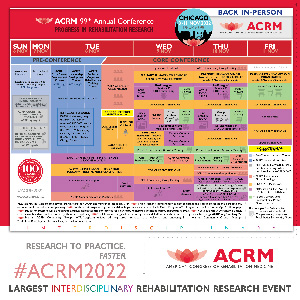Back
Oral Presentation
Technology (e.g. robotics, assistive technology, mHealth)
Long-Term Safety of a Fully Implanted Endovascular Brain-Computer Interface for Severe Paralysis
Wednesday, November 9, 2022
3:35 PM – 3:51 PM

Thomas J. Oxley, MBBS BMedSc FRACP PhD
Associate Professor, Neurologist, CEO
University of Melbourne, Mt. Sinai Hospital, Synchron, Inc.
Melbourne, Victoria, Australia
Presenting Author(s)
Brain-computer interfaces (BCI) have the potential to restore motor capability in patients with severe paralysis, by using cortical motor signals generated by attempted movement to bypass impaired limbs and directly control a computer. BCI implants have previously required craniotomy to deliver penetrating or surface electrodes to the brain. We have developed an alternative, minimally invasive endovascular technique to deliver recording electrodes through the jugular vein to the superior sagittal sinus, a large blood vessel at the top of the brain. Here we present complete safety and efficacy data from a first-in-human trial in Australia and initial data from an early feasibility study in the US. These data indicate that it is possible to record neural signals from a blood vessel, to enable people with paralysis to control a computer by thoughts. The favorable safety profile could promote wider and more rapid translation of BCI to people with paralysis.
Learning Objectives:
- Describe the current state of the art for brain-computer interfaces used in enabling patients with paralysis to operate external digital devices.
- Define current safety and efficacy challenges in the field of brain-computer interfaces involving both implantation and patient use.
- Describe how future developments in brain-computer interfaces may enable rehabilitation for patients with paralysis to gain improved independence and quality of life.

.jpg)
